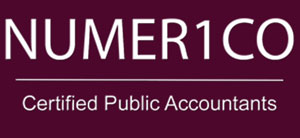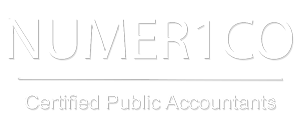Do I need life insurance? How much do I need? What type should I buy? These are typical questions to ask yourself when deciding on life insurance. Whether you are single, married without children or married with children is a huge factor. This weighs heavily in your life insurance decisions and will help to determine the best time to buy and the amount you need to purchase.
A general rule of thumb for estimating how much life insurance you will need is by conducting a Capital Needs Analysis:
Current & Future Obligations – Existing Resources (savings & investments) = Life Insurance Need
If you are single, you would want to have enough life insurance to cover any obligations such as a mortgage, car loan, credit car debt and burial costs. If you are married and both you and your spouse are working you would need to consider the income that would be lost and how that would affect the widowed. Same equation with a family with kids, but even more important. If only one spouse works then what would it cost to “hire” the responsibilite of the deceased? Unfortunately when death happens, life goes on for everyone else.
Types of Life Insurance
Term Life insurance – Is meant to provide a lump sum of money to the benefiacy at the time of death. Term life insurance is generally lower in cost then some of the others forms but gets more expensive as you get older. The cash-in happpens only at the death of the insured and there is no cash value or savings plan involved. It is usually purchased for a 10, 20 or 30-year term.
Whole Life Insurance – Is a life insurance policy that remains in place for the insured’s whole life and states premiums to be paid every year into the policy. The account is tax deferred -meaning taxes are taken out at the maturity of the policy. This type of insurance provides safety and stability but often has high agent commissions or fees, high cancellation rates, fees for earlier draws and annual costs that can be both high and difficult to understand.
Universal Life Insurance – Is an interest sensitive, more flexible a type of life insurance. It can have the lower cost element of a term policy, but the savings factor of a whole life policy. This type allows you to change your contributions, benefits and premium amounts throughout the life of the policy. When you pay your premium the money goes to three different areas: the insurance policy, processing fees and the remainder goes into an account that earns interest. You will pay taxes on the interest earned each year and won’t have to pay taxes when you get the cash value out. The policy length and the specific plan varies, usually the longer the plan the less the premium investments are in the policy. The value of the policy depends on the market. In certain circumstances you can use this type of insurance as collateral for a loan, because technically you could get the funds at any time.
Variable Life Insurance – This type of insurance can be the most expensive type of cash-value insurance because it allows you to move around part of your premium dollars to various different investing tools. This includes money market accounts, stocks, bonds, equity funds and bond funds. Variable life insurance cash values vary with the performance of each area of the investment portfolio. If you surrender your variable life insurance policy, you can get your premium payments back tax-free because you already paid the tax. This is because your life insurance is paid with after-tax money. While your premiums are returned tax-free, your investment gains are taxable. By surrendering your policy, you take out all your money at once, so you must pay tax on your gains immediately.
Life Insurance can be a tricky chess match which is why the financial advisers at Numerico PC should be consulted as you consider the many life insurance options that are available to you. They have the knowledge, tools, experience and know-how to make sure you and your loved one are provided for in any situation.



